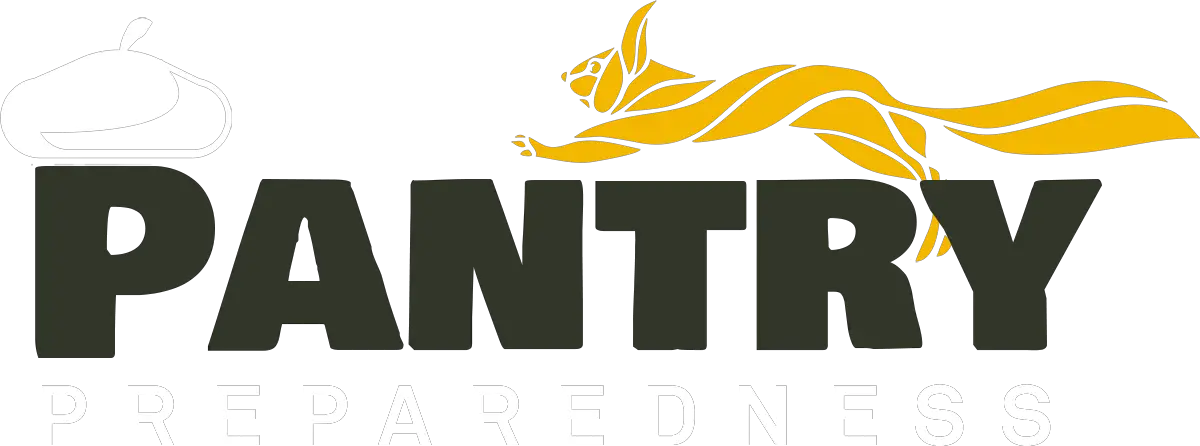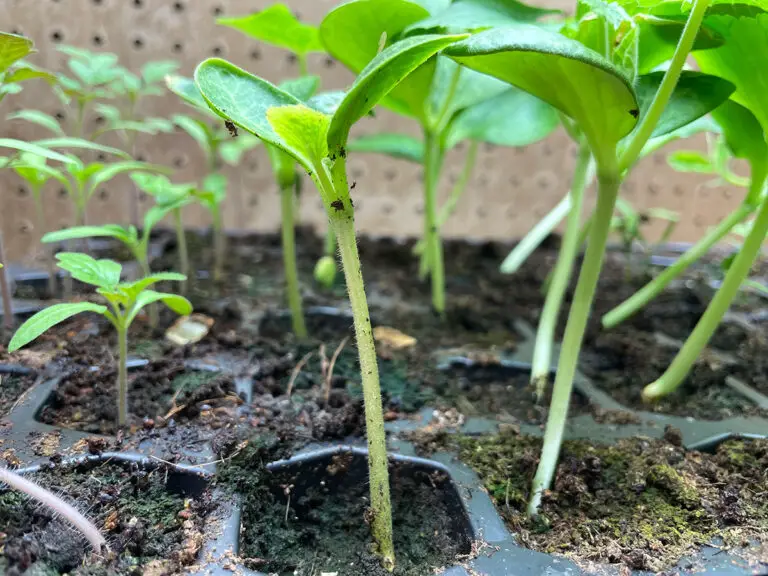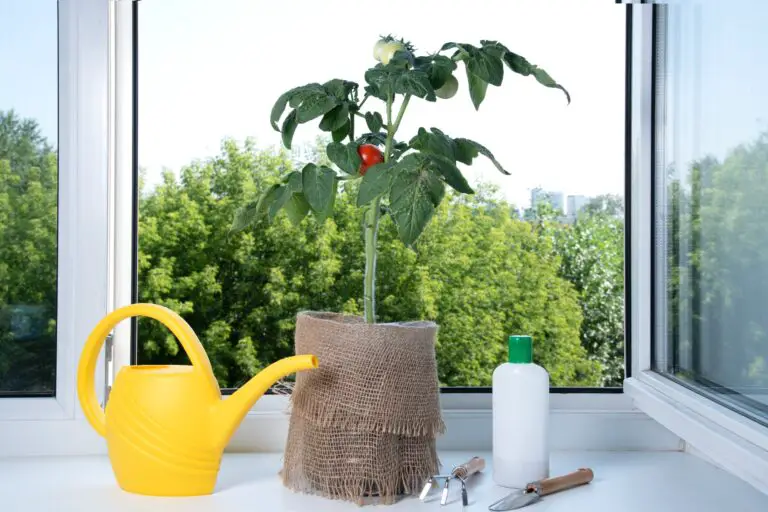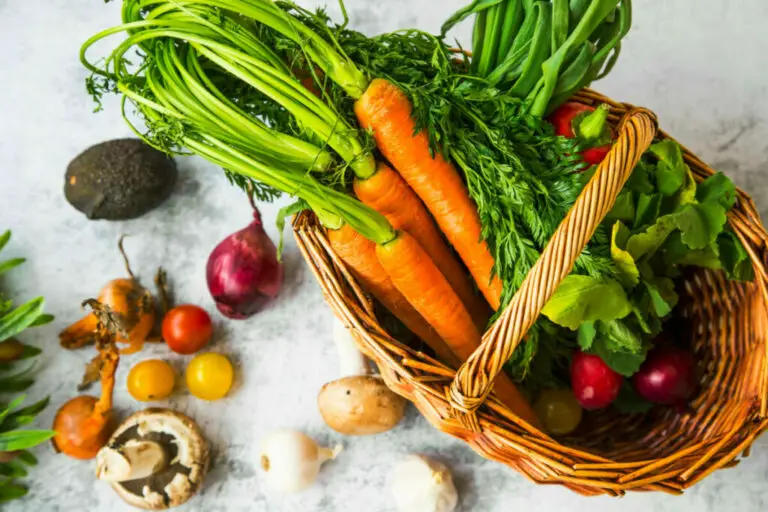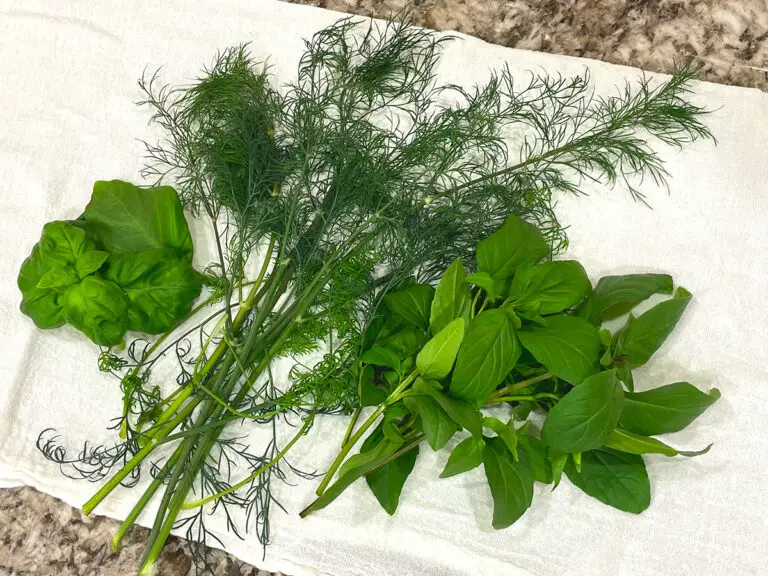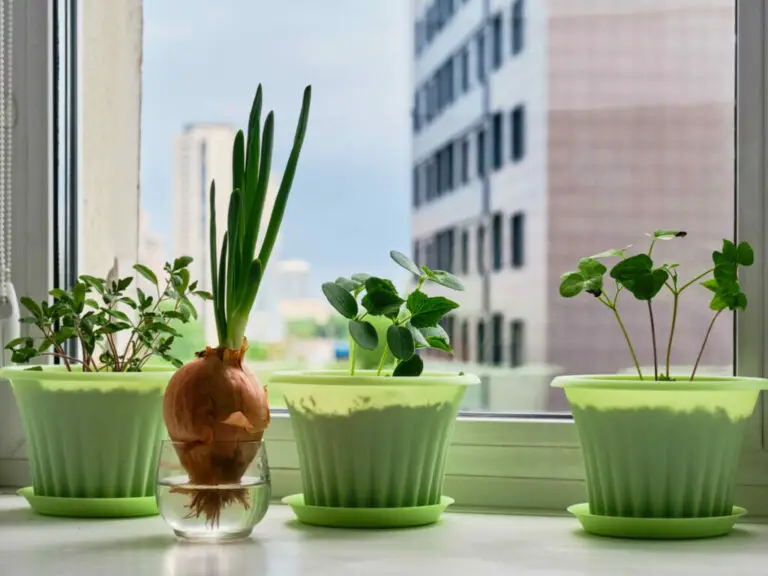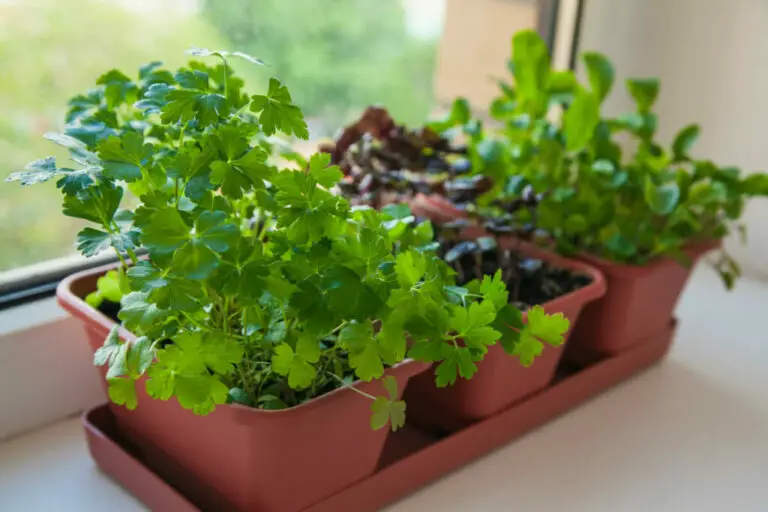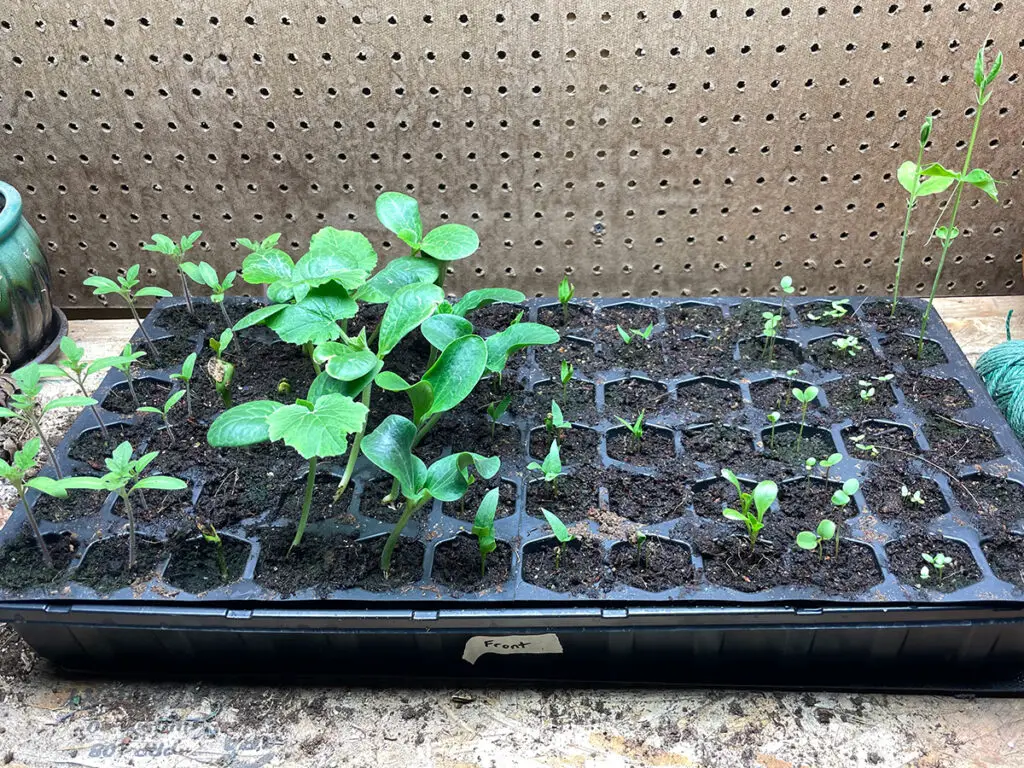
When you’re investing in ways to save money on food while still keeping your family healthy, an indoor vegetable garden is a great way to solve the problem! If it’s your first time starting a vegetable garden don’t worry; we’re going to go through how to set one up, if it’s worth it to create an indoor vegetable garden, and the pros and cons! After doing extensive research, here are the best ways to set up a vegetable garden and all the additional need-to-know information!
Usually, indoor vegetable gardens cost around $400 to $3500 depending on the garden and your gardening skills. To determine if an indoor vegetable garden is worth the time, effort, and cost, make a framework to judge the costs and savings for your personal vegetable garden!
What makes an indoor vegetable garden worth it in terms of not only money but also time? And what are the general cost breakdowns and downsides? Let’s go over what to think to maintain the best, most cost-effective, indoor garden possible!
Is Growing an Indoor Vegetable Garden Worth it and Cost-Effective?
For many people interested, a personal vegetable garden is well worth the price of setting it all up. There are so many benefits to having a vegetable garden. For instance, studies have shown that kids who participate with their families in growing veggies are actually more likely to eat the vegetables! Gardening can also have physical and mental benefits for adults. Additionally, scientists have observed that vegetables grown in personal gardens are higher in nutritional value compared to store-bought veggies since they can be harvested and eaten all on the same day!
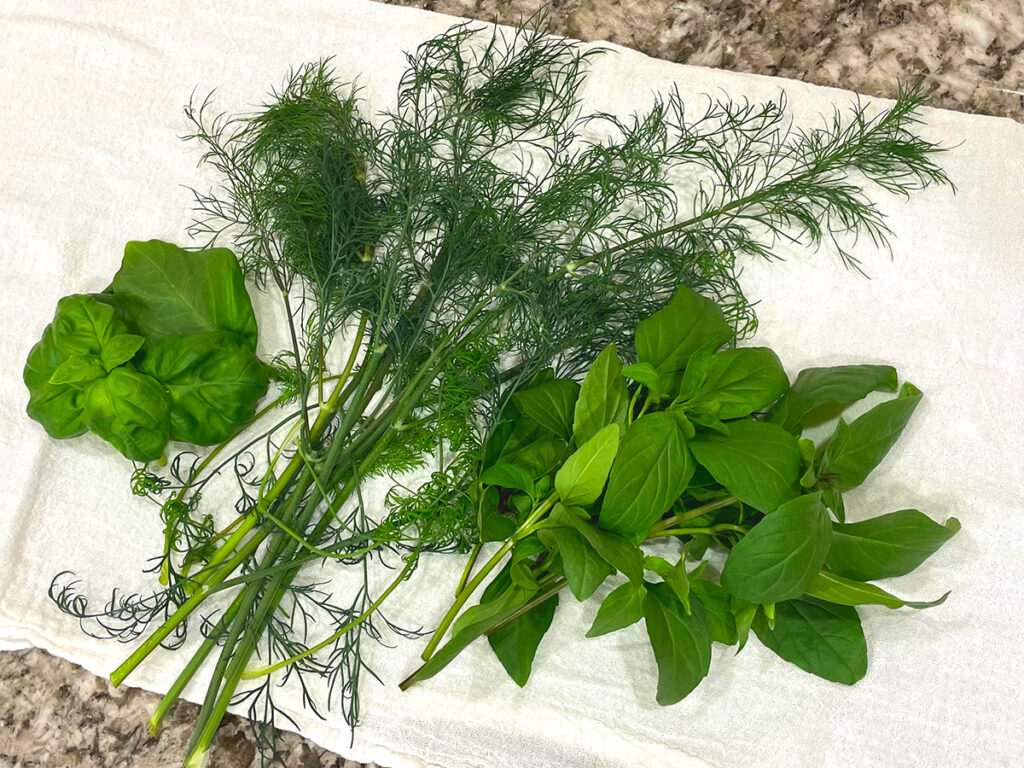
There are even more positive effects of vegetable gardens that are less commonly known. For instance, the produce grown in a personal garden will often taste better, isn’t treated with harsh growing chemicals, and the gardener knows what quality of water and soil is going into making the vegetables. The vegetables can also be easily canned and preserved! Vegetables that are canned can be preserved for over a year’s worth of time.
In order to determine if an indoor vegetable garden is worth the cost and time, make a framework chart of the cost breakdown. As mentioned above, most garden setups can cost anywhere between $400 to $3500. This may be a lot of money to get things started, but the money saved from not needing to buy commercial products could quickly justify the costs of the operation!
Cost of Most Popular Indoor Planting Systems
Most of the go-to indoor garden setups have a price tag upwards of $400. This is due to all of the extensive equipment involved in indoor growing. Indoor UV lighting, watering costs, soil, fertilizer, potted plants, air circulation fans, seed packets, and additional gear and equipment is necessary for growing fruits and veggies. Some gardeners even set up indoor growing tents in their apartments or homes in order to make a unique and cost-effective growing environment!
Cost of Lighting for Indoor Vegetable Gardens
For most traditional indoor vegetable gardens, indoor lighting costs anywhere from $90 to $540 in total. Some indoor UV lights can even be dimmable, and some come with their own fixtures so they can be elevated above plants and growing plots. Different options and add-ons include unique wattages, holding stands, ballasts, reflector hoods, LED light kits, fluorescent styles, movers and hangers, and remotes. It’s good to know that reflector device add-ons with lights or light fixtures can improve the efficiency of lights by as much as 70%!

As for soil, there are also many varieties of product to buy, for good reason. Potting mixes are sometimes also called potting compost mixes. Both refer to a soil-less medium in which vegetables or other plants are grown in a box, container, or pot. Since potting mixes are made for container gardening, they are a great type of soil to use for indoor veggie gardening. Potting mixes may contain peat moss, pine bark, bark chips, or compost for the benefit of plants, and there are often specific potting mixes sold that nurture specific vegetables, or even are best used during a certain growing season! Try to buy mixes, which may cost anywhere between $7 to $40, that contain perlite, vermiculite, aeration properties, and moisture retention agents included on the bag or ingredients list.
As for containers to put the soil and vegetable seeds in, popular retailers like Target, Walmart, and even thrift stores could be used to find the right-sized containers for the job! They usually cost anywhere between $10 to $160 depending on how fancy or large they are. Some plants need a lattice or pole system to grow on, like tomatoes and some beans, and they can be constructed out of makeshift materials from thrift shops or from cast-off extra materials. Seed packets for vegetables will usually cost between $1.50 to $20 from sources like Walmart.
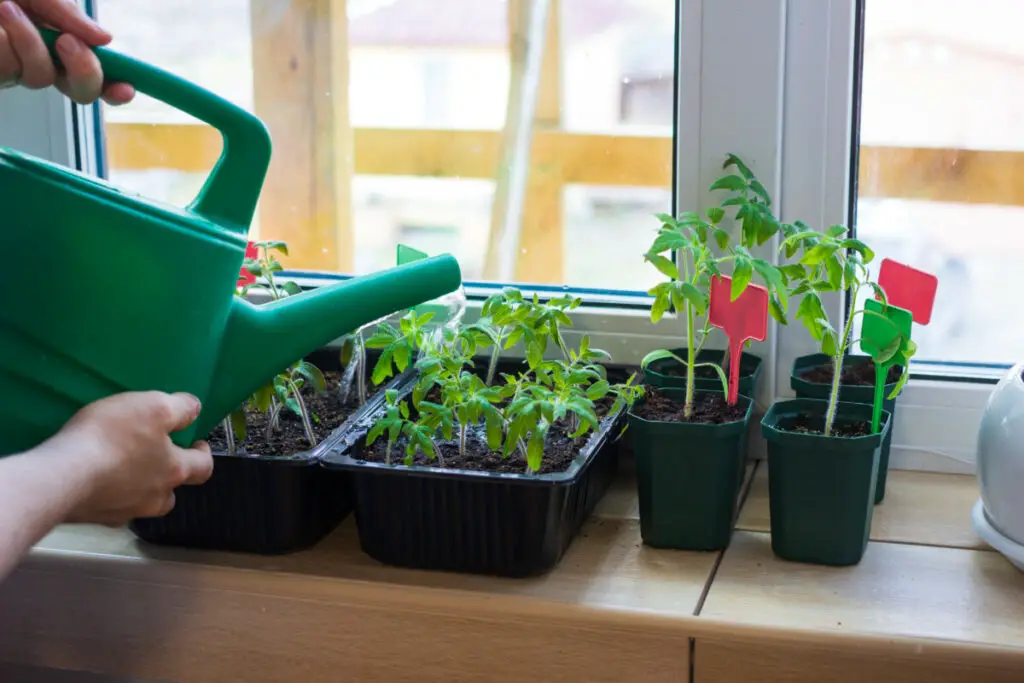
There are vegetable garden starter kits on popular online retail websites such as Amazon, that start at around $30 and can be as costly as $100. Keep in mind, vegetable garden beginner kits will vary in price depending on how large they are and how high of quality they may be, so research well before leaping in to buy one!
This video below is extremely helpful for the breakdown of a tent vegetable gardening setup! The cost for a 10x10x7 tent-sized setup is around $1250, more or less, and a tent that is 5x5x7 big costs around $975 more or less. Watch below for the in-depth cost breakdown analysis of most tent grow kits, which can be conveniently purchased from Amazon and other retailers!
How Much Can Actually Be Grown Indoors?
The yield of particular vegetable gardens in a home or apartment depends on the space, budget, and surface area a gardener has to work with. Each year, in an outdoor garden, every 100 feet of rows will yield about 6x the amount of a smaller indoor garden. To give you an idea of what a smaller indoor garden can yield, here is a rough estimate. Know that exact amounts vary greatly depending on the amount planted and the skill in cultivating the crop.
- 5.3 pounds of lima beans
- 5 pounds of snap beans
- 33.3 pounds of beets
- 11-12 heads of broccoli
- 14-15 heads of cabbage
- 20 cantaloupes
- 25 pounds of carrots
- 10 heads of cauliflower
- 28.3 pounds of cucumbers
- 17-18 heads of lettuce
- 36.6 pounds of onions
- 20.8 pounds of bell peppers
- 33.3 pounds of potatoes
- 41.6 pounds of tomatoes
- 75 pounds of cherry tomatoes
- 3-4 watermelons
When It’s Not Worth It
Sometimes, gardening will prove to be more difficult than expected, or the costs of constant upkeep and watering will be too high for some people. This is why filling out an online chart of gardening costs, and calculating the expected yield of each species of vegetable for each growing season will be very helpful to predict if the garden will be worthwhile!
Selling the Vegetables for Profit
Some people know the worth of homegrown vegetables, but they don’t want to invest the time, effort, or money in setting up and maintaining one themselves. This is a lucrative market to tap into, and home growers can even join farmer’s markets and quickly sell off the excess produce they end up not eating each week! People will even pay for canned or preserved produce as well, so try advertising through social media or word of mouth in order to interest people in buying up some veggies of their own!
During Off-Season Growing
Growing vegetables in the living room, on a windowsill, or in a full-blown indoor gardening tent is useful for those who want their favorite fruits or veggies all year long. Most grocery stores will only sell specific vegetables during key months during their growing seasons and months. If you have your own indoor garden set-up you can enjoy out of season veggies all year long. Whenever veggies are out of season or when the economy is stretched thin, the cost of vegetables rises greatly, so growing at home will inevitably save money in those times.
Produce In Times of Emergency
It’s always best to be prepared for the worst-case scenario, just in case. It’s always better to be safe than sorry after all! Because of this I’ve built up my personal food storage to have on hand for my family in case of severe natural disasters, government shortages, a period of downturn economic crisis, or some other type of trial. Maintaining an indoor vegetable garden means that there is a consistent food source for someone that is independent of any companies, governments, or supply chains. The extra produce can even be canned, preserved to last longer, and added to an emergency food storage cache!
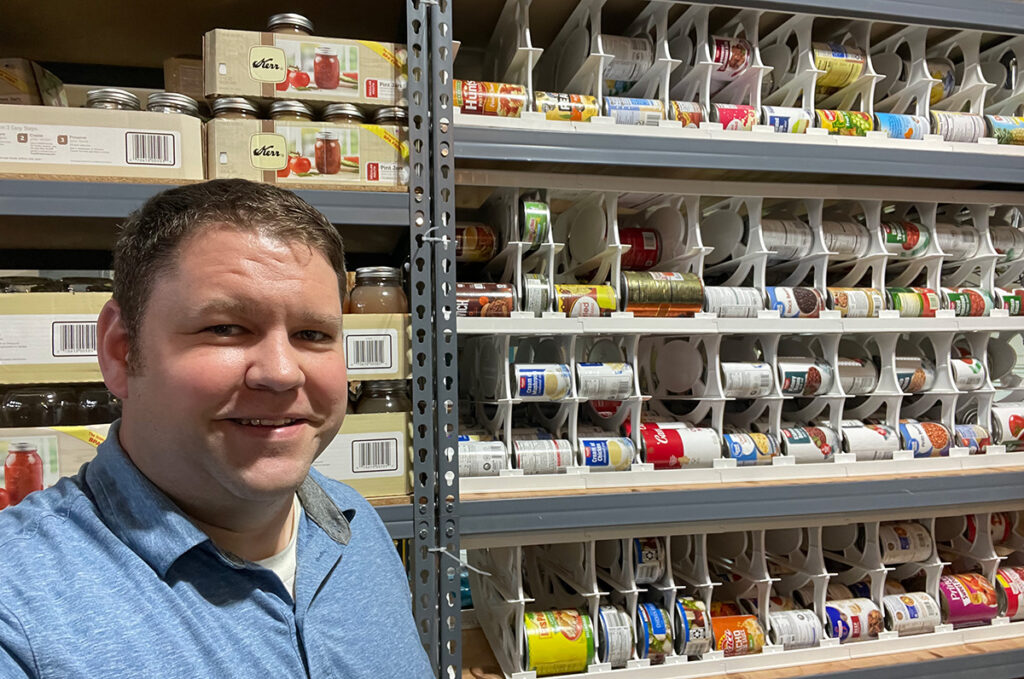
Cost-Cutting Tips and Tricks
The best way to start an indoor vegetable garden is to set a budget from the get-go. Try to fill out a framework chart and make sure costs will stay within this set budget! Next, create a step by step plan to follow for the right times to start growing the plants, how much to water them, when to weed them, and when to harvest them. It’s also a great idea to keep track of the average yield of each vegetable crop for the future and to keep counts accurate. Don’t rush or cut corners while gardening, since simple and easy mistakes, could kill crops before they can be harvested.
Make sure to follow the instructions and steps on the backs of seed packets, research indoor gardening deeply. And ask friends and family for their extra seeds if they aren’t putting them to use. Start small with a reasonably sized garden, buy supplies and seeds on clearance or on sale, and try to only plant an amount that will be reasonably eaten or preserved. All of these tricks will go a long way towards saving money, growing plants well, and putting the produce to good use!
Best Vegetables to Grow Indoors
It’s important to note that some vegetables are better, smarter choices to put in an indoor garden than others! For instance, some of the best crops to raise indoors include heads of lettuce, bell peppers, heads of garlic, winter squash, tomatoes, and heads of broccoli. Lettuce is a great one to grow indoors since buying seeds and growing them is more affordable than buying lettuce over and over again at most grocery stores. Try to plant only a small number of seeds of lettuce, or else the unharvested mature lettuce will bolt. If you’re growing bell peppers, each plant should produce about six peppers. Garlic is one of the easiest plants to grow for a beginner, but make sure you don’t overwater it, because that’s a common mistake with garlic.
Winter squash plants are an all-time favorite since they are easy to grow, don’t require any weeding once they are growing, and save a lot of money for their yield. The cherry variety of tomatoes often yields an early harvest, while large tomatoes are usually eaten during fall and summertime seasons. Meaty paste-style tomatoes are also good for freezing and canning preservation needs. Broccoli plants need rich soil that is high in organic material to flourish well, and it won’t save as much money as some other vegetables, but still makes a pretty high yield of edible produce.
I am loving my indoor vegetable garden because it has been a lot of fun for my family. Even my kids love to walk buy and grab some veggies to snack on. I hope you really enjoy your own garden if you find that it’s worth the cost after estimating it!
